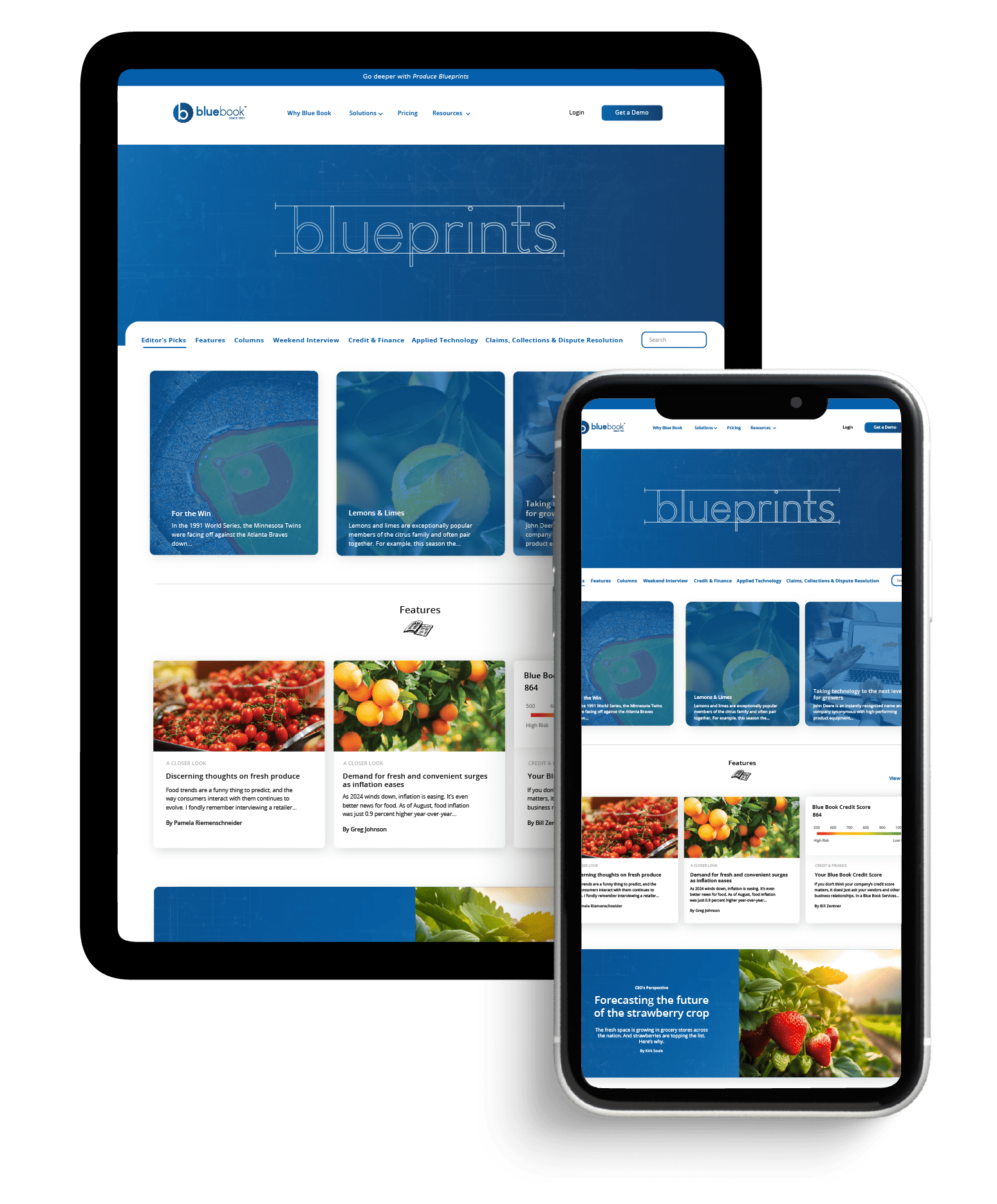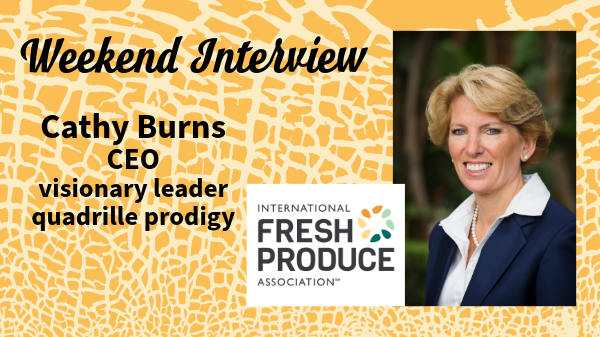Welcome to Blue Book!
Are you ready to join the thousands of companies who rely on Blue Book to drive smarter decisions? View our plans and get started today!
Still have questions? We’d love to show you what Blue Book can do for you. Drop us a line– we’ve been waiting for you.

ABCDesign/Adobe Stock
In this article
When people hear “intuitive eating,” their first reaction is often: if I eat whatever I want, I’ll just go for cookies and chips, not carrots and kale.
But after over two decades of supporting clients as a registered dietitian and functional nutritionist, I’ve found the opposite to be true. When we take away shame, restriction, and the “good food vs. bad food” mentality, most people actually begin to crave what helps them thrive—including fruits and vegetables.
Does intuitive eating mean less produce? Not at all.
At its core, intuitive eating teaches us to listen to the body’s internal cues—hunger, fullness, satisfaction—rather than external rules. It’s a compassionate approach that respects both the body’s need for nourishment and the mind’s need for enjoyment.
While there’s a myth that intuitive eating leads to a junk food free-for-all, research and lived experience tell a different story.
Initially, when people come off restrictive diets, they may eat more previously “forbidden” foods. But over time, when all foods are morally neutral, the thrill of “cheating” fades. What emerges is a more balanced, sustainable pattern of eating that often includes more fruits and vegetables, not fewer.
In fact, I’ve observed that the more veggies people naturally include in their meals—without pressure—the more their bodies feel satisfied and balanced. This plays a big role in calming emotional eating and reducing sugar cravings. It’s not about forcing willpower; it’s about supporting the body’s needs.
Favorite fruits and vegetables (and why they matter)
If I had to choose a favorite fruit, it would be the strawberry. It’s not just about taste—though the burst of sweetness from a sun-ripened berry is hard to beat—it’s about memory.
Strawberries remind me of my childhood and of the joy food can bring when shared with love and intention. That’s one reason I wrote Lili’s Strawberry House, a children’s book designed to help families reconnect with joyful, intuitive eating and the natural wonder of food.
As for vegetables, I’m a big fan of cauliflower. It’s humble, versatile, and surprisingly comforting.
You can roast it, rice it, mash it, or toss it in a curry. It’s full of fiber and antioxidants, and it pairs with just about anything. It’s the underdog of the veggie world—and I love an underdog.
Overlooked gems: produce items deserving more attention
In our culture of green juice and superfoods, we often overlook some of the most accessible and beneficial produce.
Take beets, for example. They’re earthy, sweet, and full of nitrates that help improve blood flow and lower blood pressure. Yet many people avoid them due to their strong flavor or the simple inconvenience of preparation.
Then there’s kohlrabi, a funny-looking bulb with a crisp, refreshing texture somewhere between an apple and a broccoli stem. It’s packed with Vitamin C and fiber yet rarely makes it into our grocery carts.
Encouraging clients—and kids!—to try these “forgotten” fruits and vegetables is part of the fun. It’s not about chasing trends—it’s about expanding flavor, nutrition, and curiosity.
The story behind Lili’s Strawberry House
As a child, I was a very picky eater. Vegetables were never my first choice, and meals often felt stressful rather than fun. Over time, I learned how much food—especially vegetables—can support our bodies in beautiful, nourishing ways.
I wrote Lili’s Strawberry House because I wanted to give kids the opportunity I didn’t have: the chance to explore vegetables in a way that’s playful, imaginative, and pressure-free. I wanted to help them discover how fun veggies can be, while also learning how they help support their growing bodies.
Whether it’s strawberries, spinach, or squash, food doesn’t have to be a battle. When we introduce variety with joy and curiosity, we lay the foundation for a positive lifelong relationship with food.








